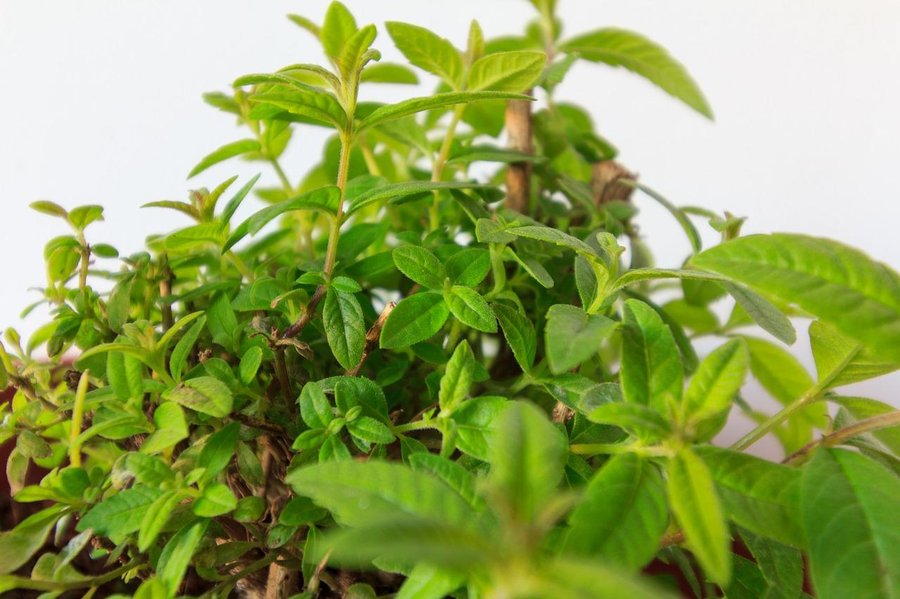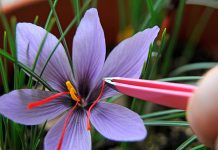Cedron is a shrub with elongated green leaves with a somewhat rough texture. Its flowers are not very large and are lilac or light purple color. They stand out because of their delicious lemon smell. In the next lines, we will tell you how to reproduce cedron, so you can have your own cedron at home and enjoy its many medicinal benefits.

Medicinal benefits of cedron
In the 19th century, the use of pillows filled with cedron leaves helped combat insomnia, since their smell made it easier to fall asleep. In addition, it is a natural anxiolytic so it promotes a relaxed state of mind. On the other hand, it frees us from gas produced by slow digestions and calms diarrhea.
Also, it is antispasmodic so it is a great help to lower the fever. It is also an excellent sedative and anti-microbial, which reduces earaches and toothaches. To consume the cedron, boil several leaves in water. When it is boiling, remove it from the heat and let it rest for a while. Drink 3 cups a day. Now that you know everything this plant gives us, let’s move on to how to reproduce cedron.
Reproduction
In this section on how to reproduce cedron, it should be clear that they are easily propagated through cuttings. These are pieces of the plant that have been cut for reproductive purposes. This means that pieces of the stem are cut and incorporated into the soil, so that roots are formed.
Also read: Gardening Tips for Beginners
Other important considerations
Weather is important when it comes to reproducing cedron. It does not support very well the frosts so the best thing is to cultivate it in a flowerpot to be able to put it inside the house in the cold months. In the rest of the seasons, it must be kept under the sun. As far as watering is concerned, it is necessary to keep the soil moist but without excess water. To encourage this, the pot should have holes in the base to facilitate drainage after watering.
Translated and adapted by Noobuzz staff.
Sources: Facilisimo







